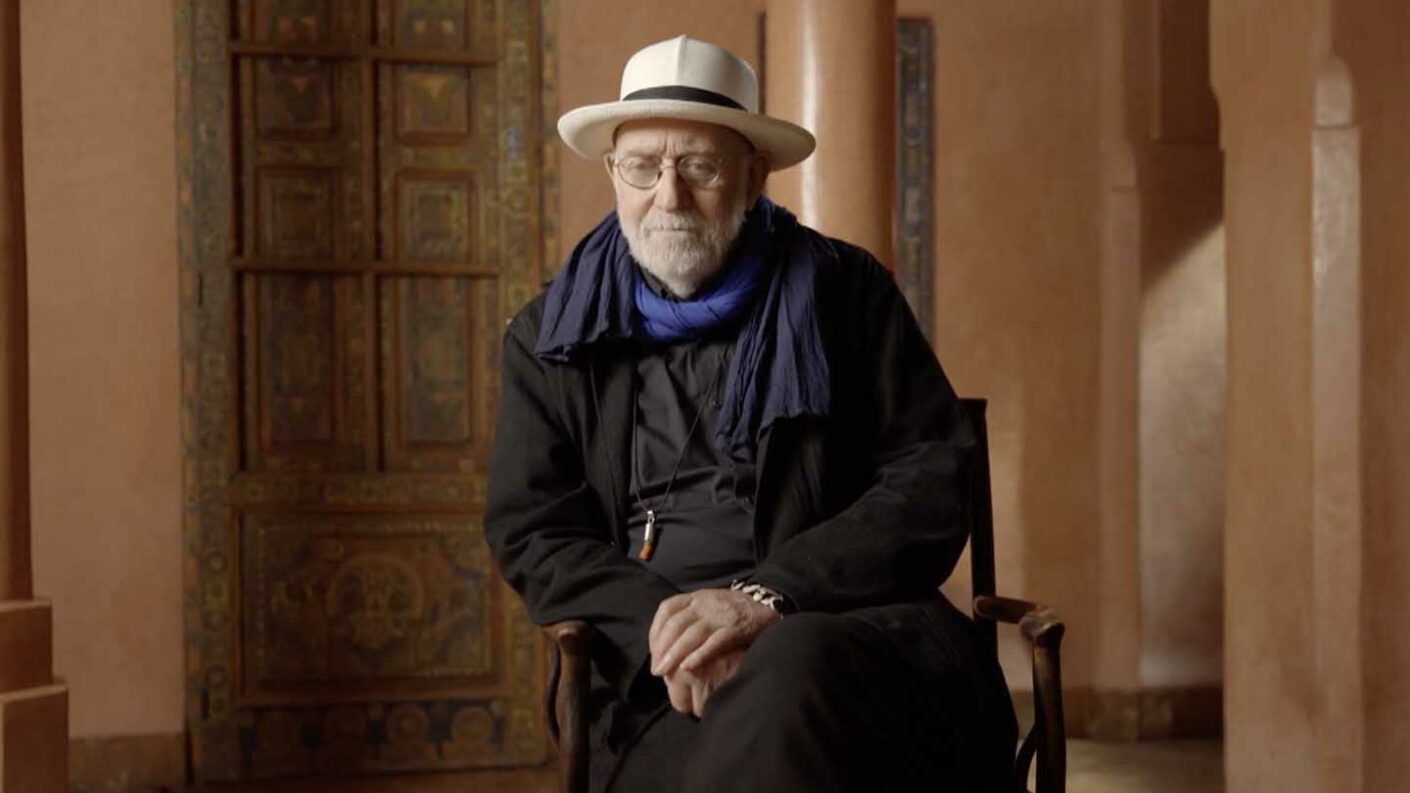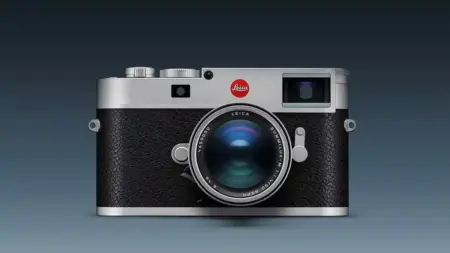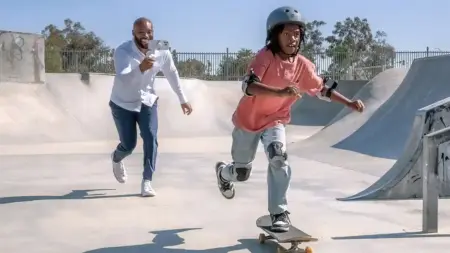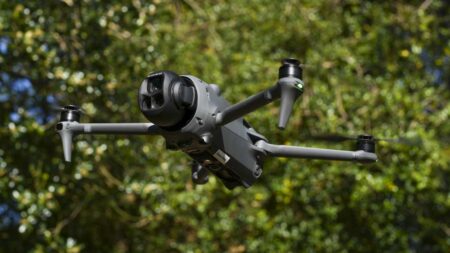Join a photographer as an assistant, and alongside lugging kit, running for sandwiches, pizza, drinks and being a general dogsbody, you’ll get to pick up a tip or two along the way.
It can be gruelling, but the experience will leave you absorbing knowledge that will help form your creative style and ambition.
The Masters of Photography course gives you an insight into the working lives of some of the world best-known photographers; Joel Meyerowitz, Steve Mccurry, Albert Watson and David Yarrow.
Through the interviews and the tutorial sessions in Masters of Photography courses, you’re given the same insight into these world-class photographers that would usually only be possible as one of their assistants.
Each course is broken down into a series of chapters presented by the photographer and gives an insight into each’s specialism. Each course reveals a fascinating insight into how their minds work, from conception through to the creative composition of their images.
In this review, I have taken a look at the Albert Watson Masterclass. A six-and-a-half-hour, fifty-four chapter series of videos introduces the iconic Scottish fashion photographer. The course reveals his thoughts, inspiration, and techniques to capture images of many well-known faces.
Albert Watson’s extensive portfolio, from Andy Warhol to Kate Moss, David Bowie and Steve Jobs. Having insight into his work and how he develops his style and imagery through this course is an exciting prospect.
The make-up of the course is interesting, consisting of short interviews about many of his iconic images, such as the David Cronenberg portrait shot for Rolling Stone Magazine. This interview gives you an insight into his creative processes as he talks about his use of an oil technique to create the film directors wavey distorted mirror portrait.
These insights into photographic sessions are fascinating; it great to hear the photographers journey in creating these well-known images.
Part of the course that I found really inspiring was the talk of projects. Photographic projects are carried out by many photographers in the art scene alongside their commercial work. These are usually driven by the photographer through passion. The insight into some of Albert Watson’s projects is, for me, the highlights of the course.
Hearing about the Maroc and Strip Search Projects is fascinating, especially the creative thought that drove him to produce these bodies of work.
Of course, the major part of the course is the tutorials, how to shoot a model, landscapes, working with Photoshop. In each of these, don’t expect to be handheld through the settings; these lessons are embedded in lectures – Albert Watson gives you the insight that you can then go and try.
In the studio session, you get a front-row seat, watching him in action and hearing how lighting, backgrounds and camera are all working together, along with his assistance to help create the picture.
Throughout the fifty-four lessons, you’ll pick up many tips and tricks as well as techniques. The important thing to do is to have a notebook and take notes. There’s plenty to jot down, and after you finish the course, you just need to put what you learnt into practice, such as creating your studio, starting with a black box and seeing where it takes you.




